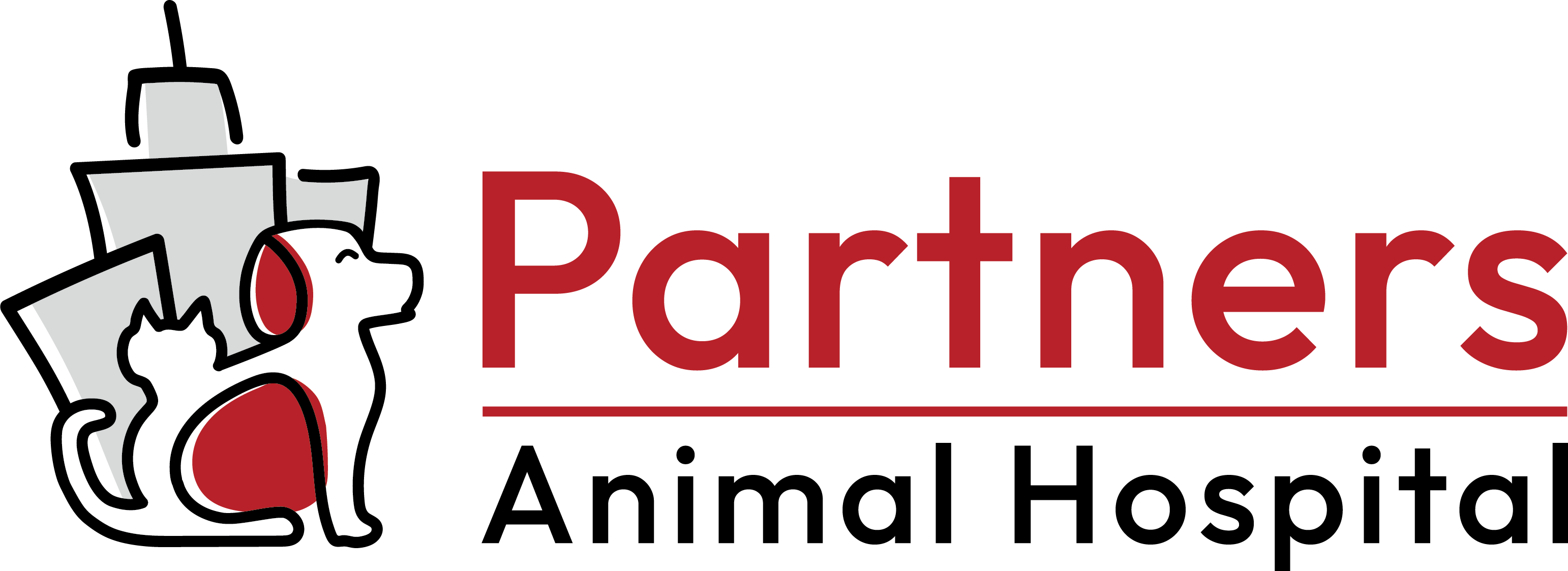How to Start a Veterinary Practice

Want to Own a Veterinary Practice? Here’s What You Need.
As a veterinarian, do you ever find yourself entertaining the idea of practice ownership, but you’re not quite sure you’re ready? Are you eager to learn more about becoming a practice owner and taking that next big step? Partners Veterinary Group is dedicated to helping skilled veterinarians develop strong business acumen and run successful veterinary practices of their own. Take a moment to think about where you are in your career and whether you’re leaning in the direction of ownership.
First Things First – Are You Actually Ready to Start Your Own Practice?
Just because you feel restless in your role as a veterinarian doesn’t necessarily mean you’re ready to become a practice owner.
Here are some key indicators that show you might be ready to move into practice ownership:
- Your associates ask for your opinions often, perhaps more often than they ask your boss
- You get frustrated when changes you suggest are not getting implemented at the practice
- You are willing to work as much as needed for 3+ years to become a successful practice owner
- You regularly take on management tasks and enjoy it
- You are one of the higher producers at your practice
- You are well liked and respected by your team
- You are beginning to wonder if you have to work forever to retire
If this sounds like you, it might be time to seriously consider the next steps to becoming a practice owner.
What You’ll Need
You’re going to need to assemble funds, people, and plans to get the ball rolling for your practice.
Funding and Documentation
This includes:
- A bank, personal funds, support from family and friends (often a co-signer).
- A personal budget and an estimated income you’ll need to survive.
- A track record of excellent production.
- Reports from your current practice.
- Income tax returns.
- A personal financial statement.
A Team of Advisors
You’ll need experienced people (ideally, people who work with veterinary practices) to help with all aspects of your veterinary business. Here’s who you need to start with:
- Banker
- Experienced Vet Practice Owner
- Business Attorney
- Real Estate Agent
- Accountant
- Insurance Agent
- Architect/Builder
The 5 C’s of Credit
Make sure you have a solid business plan in place when you start reaching out to banks, and consider the 5 C’s of credit:
- Character: The lender’s opinion of a borrower’s general trustworthiness, credibility, and personality. Banks want to lend to people who are responsible and keep their commitments. Character is assessed from credit reports, credentials, references, reputation, and interactions with lenders.
- Capacity: Does your business have the financial capacity to repay the loan? Capacity matters because banks are more willing to lend and extend stronger terms to businesses that have a stronger repayment ability. It’s assessed from financial metrics such as cash flow statements, debt service ratios, credit reports, borrowing, repayment history, etc.
- Capital: Capital is the amount of money invested by the business owner—that’s you. Traditionally, banks are more willing to lend to a borrower that invests capital into their project. Capital is assessed from the amount of verified funds that a borrower has invested into a project.
- Conditions: Conditions are the effect of economic or industry factors on your business. The state of the economy, industry trends, and pending legislation relative to your business are all conditions that banks consider. These factors, while often out of your control, may affect your ability to make payments. Banks want to lend to businesses operating under favorable conditions to ensure their loans are repaid, because they want to protect themselves against risks.
- Collateral: Collateral refers to the assets being pledged as security for the loan. It acts as a secondary source if the borrower cannot repay a loan. All collateral such as real estate, equipment, enterprise value, and accounts receivable are measured through appraisals or valuation reports.
A List of All the Services You’re Going to Offer
Before scoping out real estate, you need to know what services your practice is going to be offering when it opens its doors, because your services will determine the size of the building. You’ll need plenty of space if you plan on offering boarding, daycare, grooming, physical therapy, or all of the above!
A Location for Your Practice
Naturally, location is vital to the success of your business. Have you taken the time to choose where your future veterinary practice will set down roots? It’s best if you already know your chosen area well. That can help you decide where you want to build your facility.
Some tips:
- Avoid building close to great practices already established in the area
- Find an area that will offer good visibility for your practice
- Check the demographics of the area you want to build
- Consult a map that shows you all the surrounding veterinary practices in the area
Other Important Factors to Consider
Real Estate
Are you buying, or renting your practice space?
If you’re buying, you need to be able to put 25% down. If you’re renting, we advise getting an option of first refusal if possible. Furthermore, if you’re a starter practice, we recommend getting a 5-year initial term with three 3-year renewal options
How big will your practice be? For small animal practices, we recommend no fewer than 4 exam rooms, and about 2,400 to 4,000 square feet of space.
And how important will parking be for your location?
Staffing
Staffing is the largest cost you can control.
Ideally, you should start operating with a smaller team that is cross-trained. If you need to hire a practice manager, make this a priority as they are going to be your most important employee. Also, consider how many assistants, techs, customer service reps, kennel assistants, etc. you’ll need.
Regarding wages: When you start assembling your staff, offer competitive pay and benefits to start and add on as you grow.
Inventory
The second largest expense you can control is your inventory. Start with a thin pharmacy and a maximum of two heartworm, flea and tick preventatives. We recommend making one of them ProHeart Injectable.
Most pharmaceutical companies have new practice programs that allow you to buy one and get one free. Most distributors have delayed billing programs for 6-12 months.
Marketing for Your Practice
Marketing is essential to growing your business. Contact a professional veterinary marketing expert to build your website approximately 3 months before you plan to open your doors. Ideally, you should have your new website launched 30-60 days before opening, as Google needs time to crawl your website and have it populate in searches.
Other steps you need to take to market your practice:
- Create a Google Business listing as soon as you have a phone number for your practice
- Actively pursue 5-star reviews (the more the better)
- Consider investing in Google Ads with support from a professional
- Community engagement
- Social media platforms (Facebook, Instagram, TikTok, YouTube)
Tasks to Open Your New Practice
Here’s a breakdown of the tasks you need to complete to finally get your veterinary practice up and running:
- Location: Design and finalize your floor plans based on services offered and growth potential. Obtain necessary permits, etc.
- Operation Decisions: Hours of operation, PIMS, reminder platform, cremation service, phone system, client app, legal forms for consent and euthanasia, medical policies, computer hardware, HVAC maintenance, collections account, etc.
- Human Resources: Create hospital policies, set up payroll, open unemployment account, start recruiting, create job descriptions, develop onboarding plans, order scrubs, create benefits package, develop training protocols, etc.
- Inventory and Vendors: Open accounts with all new vendors – supplies, oxygen, sharps, compounding pharmacy, online pharmacy, order equipment, set up utilities, create inventory processes, etc.
- Finance: Develop chart of accounts, open bank accounts and credit cards, open merchant services account, QuickBooks or other, develop accounts payable processes, obtain business and liability insurance, develop reconciliation processes, etc.
- Marketing: Create website, signage, email, social media pages, Google Business Profile, Yelp, outreach to local businesses, business cards, etc.
Turn Your Idea of Practice Ownership into a Reality
Partners Veterinary Group mentors, empowers, and supports veterinarians who dream of becoming practice owners. Together, we can help you take that first huge step towards ownership and guide you in creating a successful practice with a unique culture that upholds your values and allows for better work-life balance for your staff members. We can show you how to accelerate your practice’s profitability and boost your own personal income.
Explore ownership opportunities with us today.
Recent Posts
About Us
At Partners Veterinary Group, we believe in energizing our team members through shared values, while helping them create value for our clients and patients. Knowing we can help make pets’ and people’s lives better motivates us to continually strive for excellence and love what we do.
Our team consistently works to build educational, supportive, and cooperative work environments that cater to positive experiences and professional growth. We’re constantly evolving, creating innovative ways to deliver cutting-edge medicine to our patients. We equip our teams with tools to enhance their skills and improve their knowledge.

